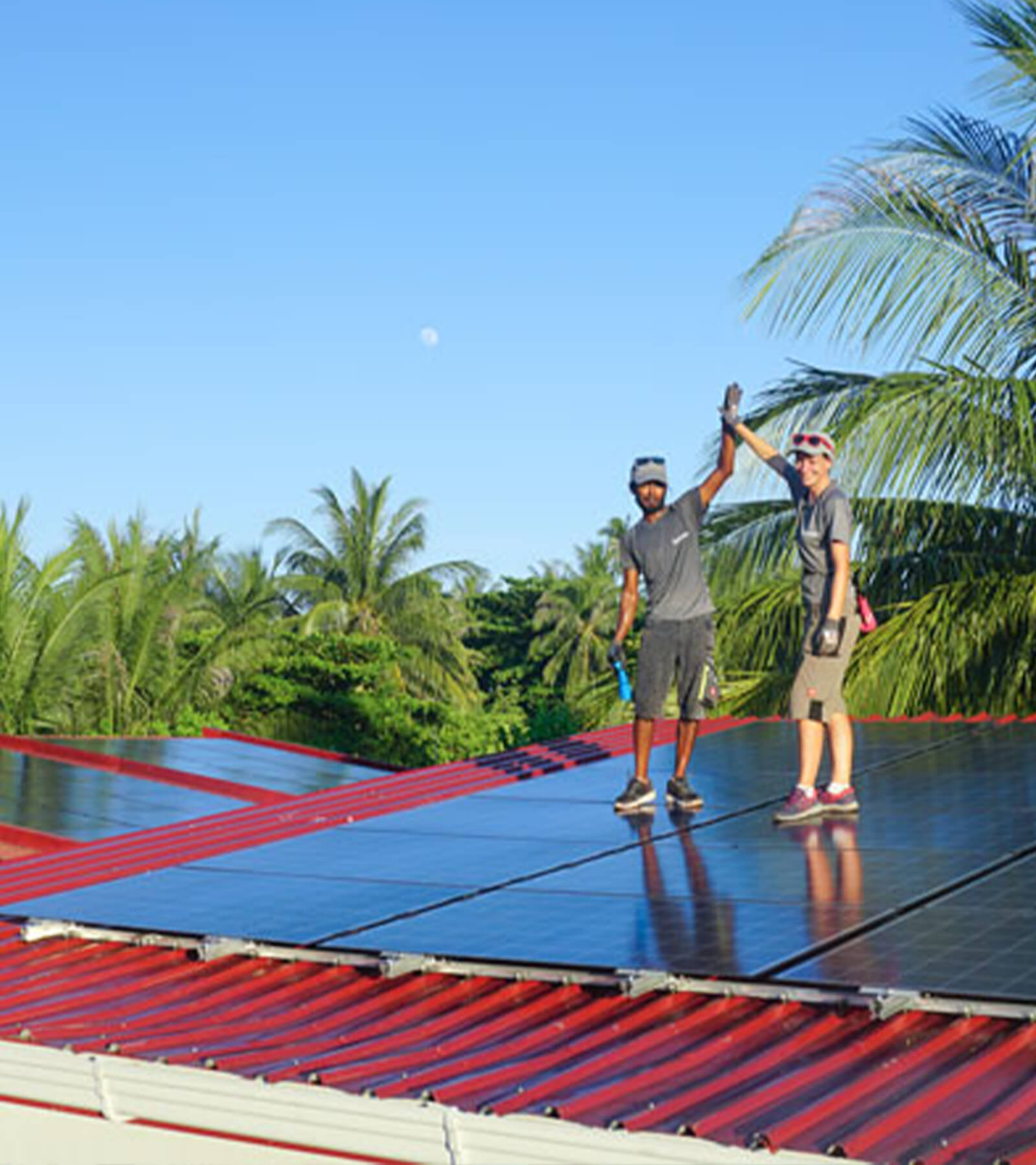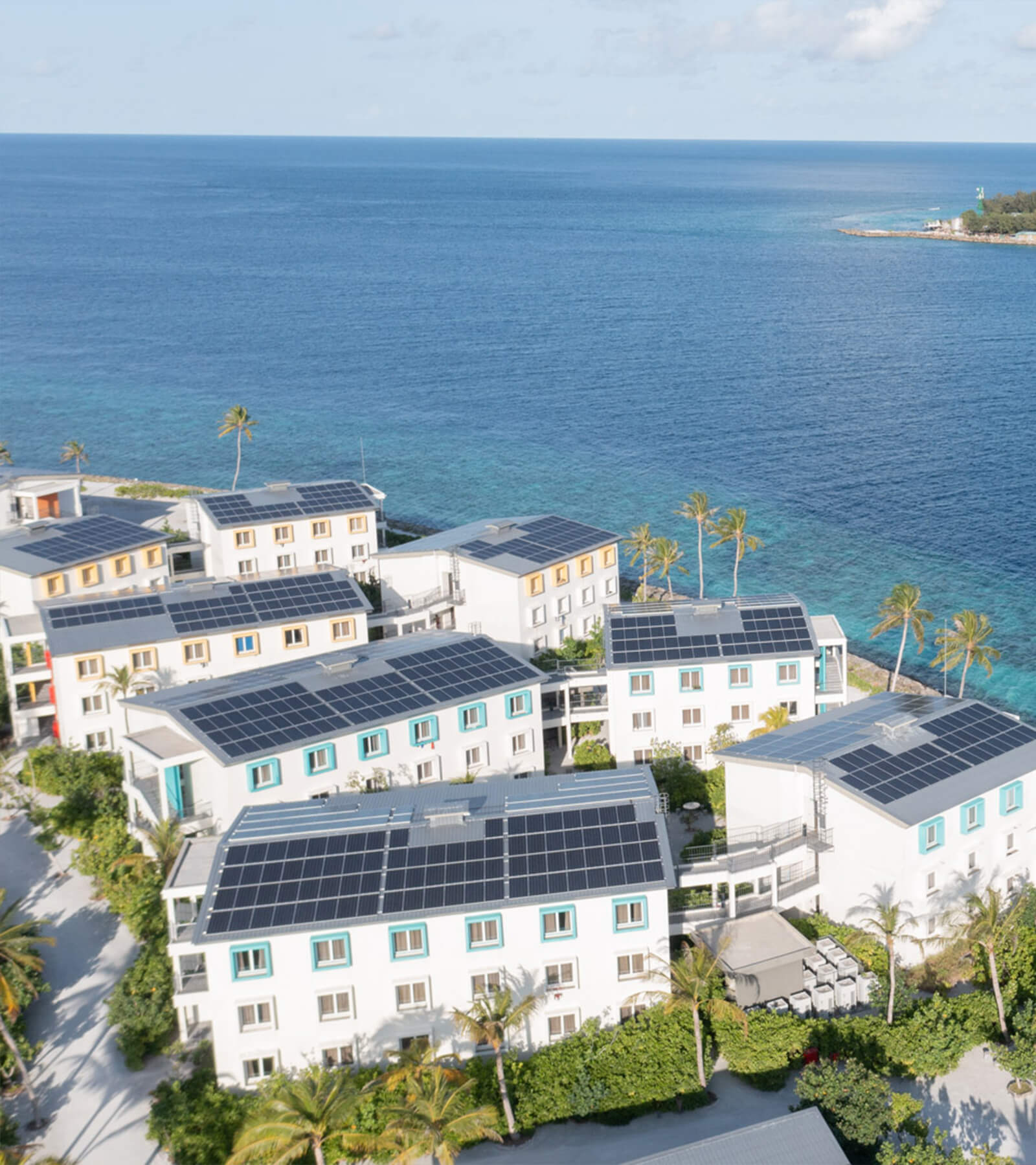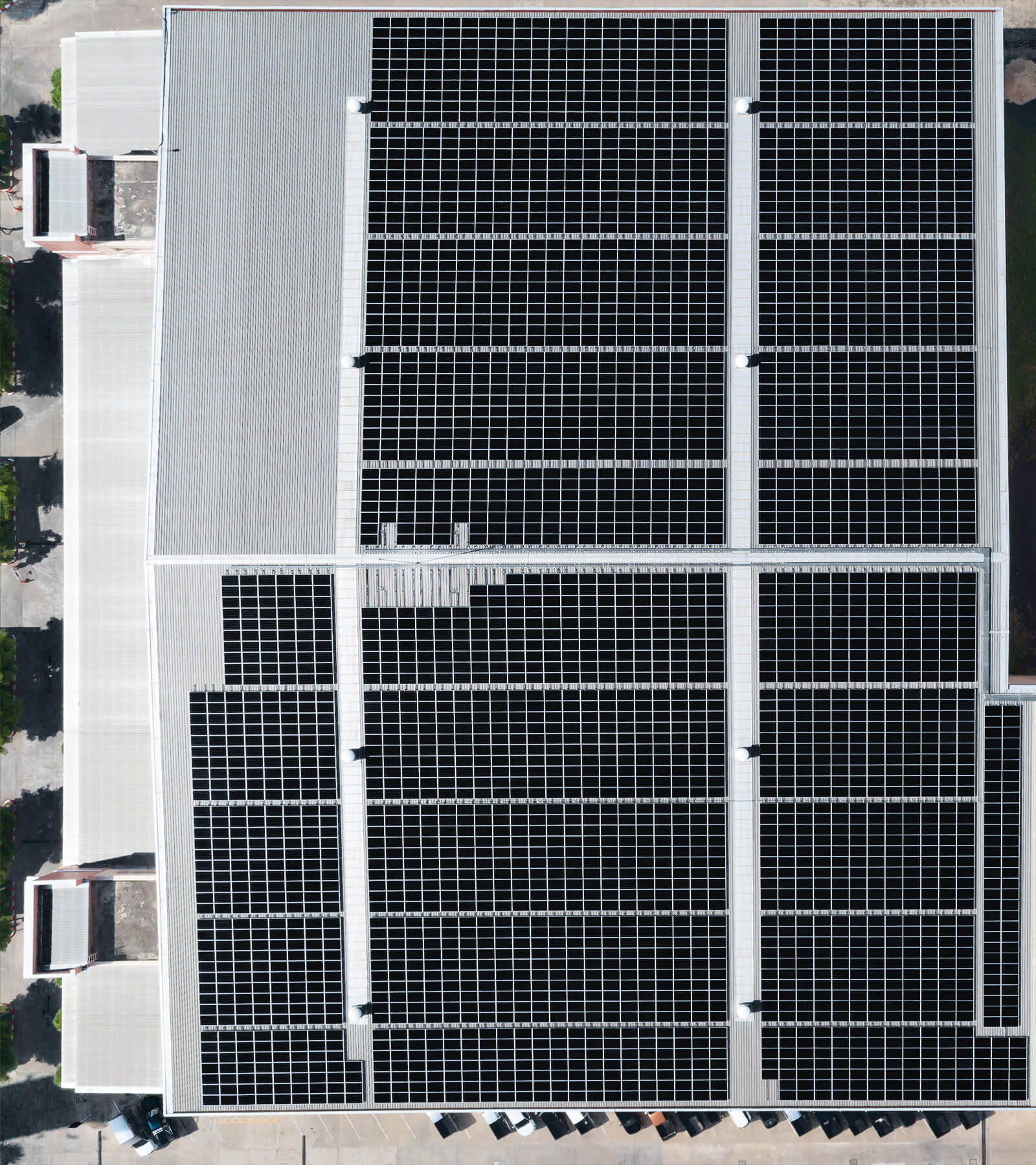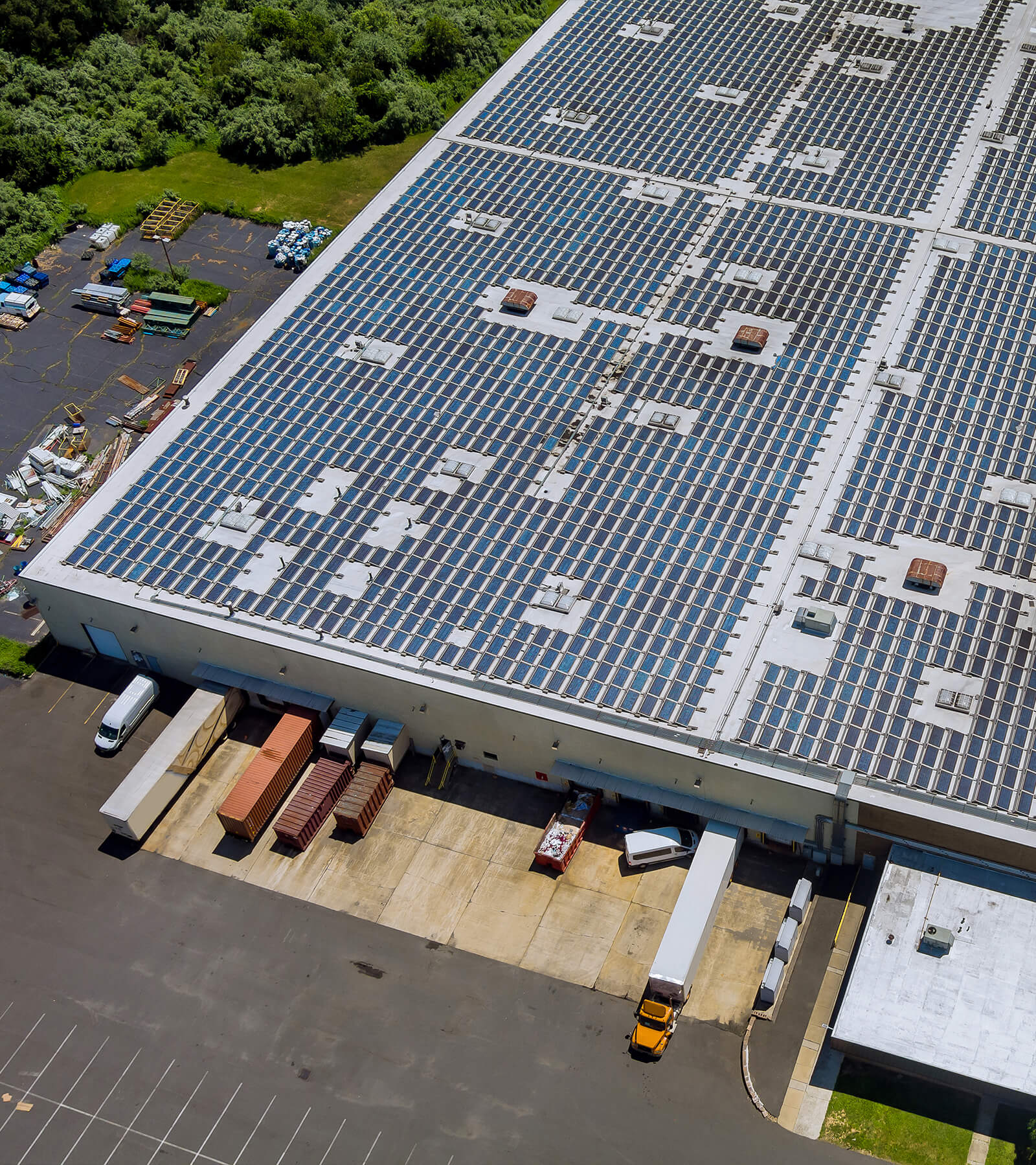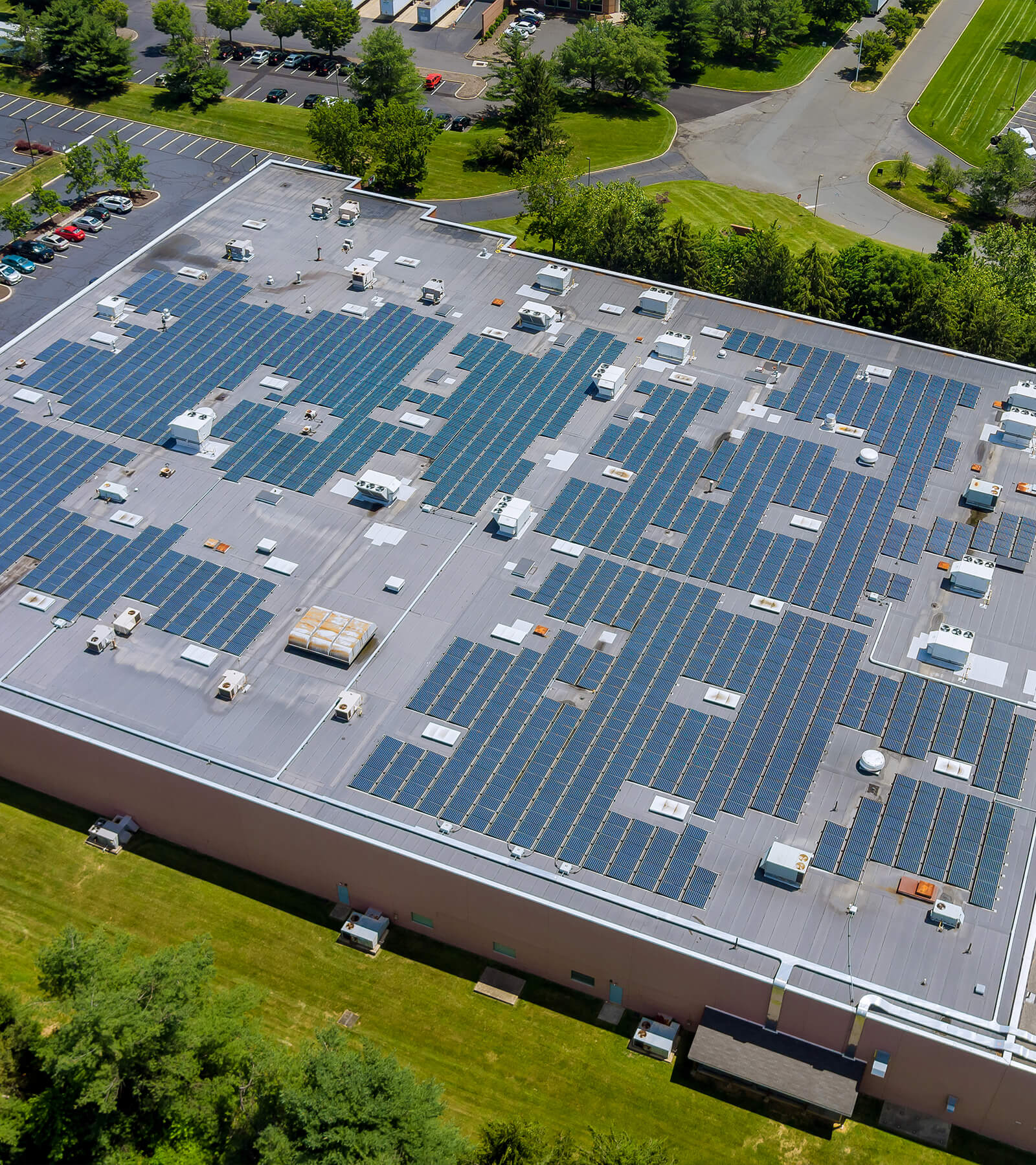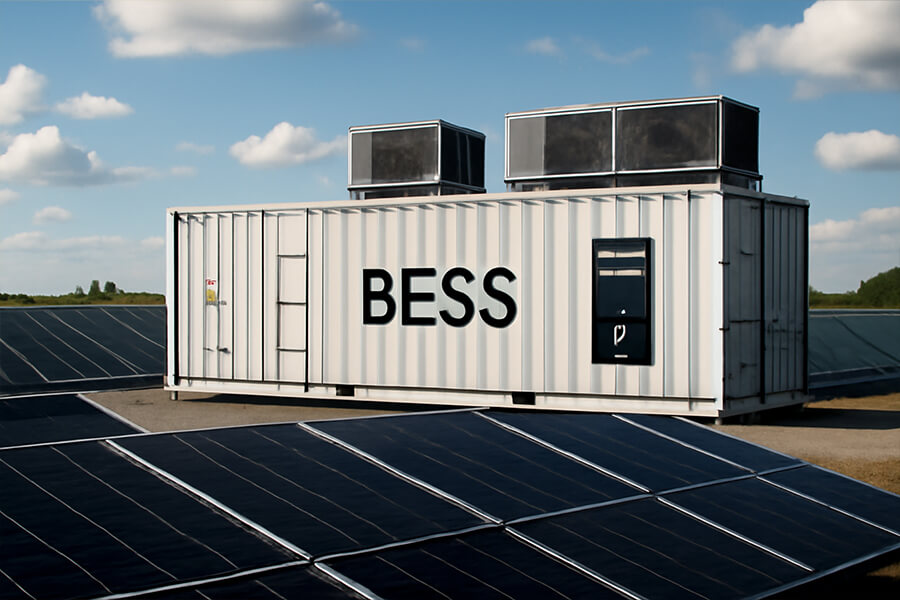When mega-trains and mining trucks hit the brakes, they waste enough energy to power small towns. Ouch. Discover how BESS Container Regenerative Braking systems capture this “spilled cash,” stash it like energy piggy banks, and reuse it for acceleration or site operations. We’ll unpack real 2025 case studies (Rio Tinto, Deutsche Bahn) proving 20-30% energy savings and brake wear reduction – because burning money should be reserved for bonfires, not heavy transport.

The Billion-Dollar “Oops” Moment
Picture this: An 800-ton mining haul truck brakes downhill, converting enough kinetic energy to power 250 homes for an hour… only to torch it all as brake-pad heat. Ouch, wallet. Ouch, planet.
This isn’t hyperbole – it’s daily reality in heavy transport. According to the International Energy Agency’s 2024 report, 15-30% of energy in rail and mining operations vanishes as wasted heat during braking (IEA Transport Energy Efficiency 2024). That’s equivalent to:
| Sector | Annual Wasted Energy | Monetary Equivalent (USD) | CO₂ Emissions* |
|---|---|---|---|
| Global Mining | 42 TWh | $4.2 billion | 25M tons |
| Rail Freight | 58 TWh | $5.8 billion | 34M tons |
Sources: IEA Mining Energy Outlook 2024, UIC Rail Sustainability Index
CO₂ calculated using EPA’s 2025 grid emission factor (0.85 lbs/kWh)
Here’s the painful math:
- Mining haul trucks waste 200-300 MWh/year per vehicle – enough to run their own onboard systems for months (Komatsu Hybrid Truck Data 2024).
- Trains on gradients like Switzerland’s Gotthard Base Tunnel incinerate $150,000/year per locomotive in recoverable energy (Siemens Mobility Study 2025).
The irony? That “burned cash” could:
- Power acceleration for the next uphill climb
- Run conveyor belts or site lighting
- Slash maintenance costs by $18k/truck/year (fewer brake changes)
Source: Caterpillar Mine Ops Cost Analysis
As Deutsche Bahn’s chief engineer joked: “It’s like slamming the brakes on a briefcase full of cash. Fun? Maybe. Smart? Absolutely not.”
Regenerative Braking: The Physics Party Trick
When your 800-ton mining truck or 400-ton locomotive brakes, it transforms into a temporary power plant. Here’s the science without the PhD:
-
The Magic Flip:
- Electric motors reverse into generators during deceleration
- Kinetic energy → Electrical energy (Voilà!)
- “It’s like forcing a treadmill to power your TV – physics’ ultimate side hustle.”
-
The Catch:
Without storage, this electricity faces two grim fates:- Grid Overload: If local infrastructure can’t absorb it (e.g., remote mines)
- Resistor Suicide: Burned off as heat via onboard resistors
Source: IEEE Power Electronics Society 2025
Real-World Recovery Rates (2025 Data)
| Vehicle Type | Energy Recovery Rate | Annual Savings Potential | Real-World Example |
|---|---|---|---|
| Electric Trains | 5%-20% | $48,000/locomotive | Siemens Velaro: 18% recovery on Berlin-Munich route (Siemens Case Study) |
| Hybrid Mining Trucks | 15%-25% | $162,000/truck | Komatsu 830E-5: 25% recovery in Chilean copper mines (Komatsu Report) |
| Electric Port Cranes | 30%-40% | $28,000/crane | Konecranes RTG: 38% recovery at Rotterdam port (Konecranes Data) |
Why these numbers matter:
- For a typical mine with 50 haul trucks: $8.1M/year recoverable
The Painful Irony
Modern vehicles do generate clean energy during braking – only to discard it 72% of the time due to:
- Grid limitations (42% of cases)
- Storage gaps (30% of cases)
Source: IEA Heavy Transport Efficiency 2025
As one mining engineer quipped:
“Call it a ‘green guilt trip’ – your $5M truck becomes a zero-emission power plant while braking… then voluntarily throws that energy into a thermal grave. Awkward.”
BESS Containers: The Energy “Piggy Banks”
Regenerative braking’s dirty secret? That precious electricity needs a home now. Enter containerized Battery Energy Storage Systems (BESS) – the grid’s shock absorbers and energy reservoirs rolled into steel-clad power vaults.
Strategic Placement: Where Physics Meets Strategy
| Application | Optimal Location | Real 2025 Example |
|---|---|---|
| Rail | Substations, steep gradients | Swiss Federal Railways (SBB): 12 BESS units on Gotthard Base Tunnel route capturing 9.8 GWh/year (SBB Energy Report 2025) |
| Mining | Downhill haul routes, pit exits | BHP Pilbara: 8× BESS containers at iron ore sites recovering 6.4 GWh/year (BHP Operational Review) |
| Ports | Crane electrification points | Rotterdam Port: 40% diesel reduction at Maasvlakte terminal (Port of Rotterdam 2025) |
How They Work: Capture → Store → Monetize
-
Capture
- Snatch “overflow” regen energy grid can’t instantly absorb
- Example: A braking train injects 3 MW for 18 seconds – too short for grid, perfect for BESS (ABB Technical Paper)
-
Store
- Lithium-ion cells bank energy at 95% round-trip efficiency
- Capacity range: 500 kWh to 5 MWh per container (scalable as LEGO blocks)
-
Redistribute
- Release energy for:
- Train acceleration (20-30% power demand reduction)
- Conveyor belts/lights (mining sites: 15% off-grid diesel use)
- Peak shaving: Sell stored energy at $0.42/kWh during price surges
- Release energy for:
Performance Snapshot: 2025 BESS Economics
| Metric | Rail Application | Mining Application |
|---|---|---|
| Payback Period | 2.8 years | 3.1 years |
| CO₂ Reduction | 480 tons/year per unit | 620 tons/year per unit |
| Maintenance Savings | $18,000/year (brake pads) | $42,000/year (fuel/diesel) |
Sources: Wood Mackenzie Energy Storage 2025, Siemens Mobility ROI Calculator
Tech Punchline
“Modern lithium-ion BESS: Because sometimes you need a 10-ton Duracell bunny hoarding megawatts.”
Why containers win:
- Deploy in <72 hours (vs. 18 months for fixed infrastructure)
- Survive desert heat (-30°C to +55°C tolerance)
- Slash peak demand charges by 40% (BloombergNEF 2025)
Why This Isn’t Sci-Fi: Real 2025 Wins
Regenerative braking paired with BESS containers is no longer experimental – it’s delivering hard results from Australian mines to European rail corridors. Here’s the 2025 scorecard:
Energy & Emission Savings (Verified 2025 Performance)
| Project | Energy Savings | CO₂ Reduction | Annual Cash Savings | Source |
|---|---|---|---|---|
| Rio Tinto Hybrid Haul Trucks (Pilbara, Australia) | 28% diesel reduction | 9,200 tons/year | $3.8M per 20-truck fleet | Mining Weekly, Jan 2025 |
| Deutsche Bahn S-Bahn Regeneration (Munich-Berlin corridor) | 10% grid draw reduction | 4,100 tons/year | €1.2M per 10-train set | RailTech Journal, Dec 2024 |
| BHP Nickel West Conveyors (Western Australia) | 19% peak shaving | 3,300 tons/year | $840,000 per site | BHP Sustainability Dashboard 2025 |
Why these numbers shock skeptics:
- Rio Tinto’s trucks now reuse 25% of braking energy for acceleration – slashing diesel burn during uphill hauls
- Deutsche Bahn’s BESS units shave €180,000/year per substation in peak demand charges (Siemens Mobility Analysis)
Hardware TLC: The Unsung Hero
Regenerative braking doesn’t just save fuel – it’s a mechanical spa treatment:
| Maintenance Impact | Cost Avoidance | Real-World Proof |
|---|---|---|
| Brake pad replacement | $48,000 per change (mining trucks) | Caterpillar 798AC: Brake lifespan doubled to 14 months (Caterpillar Service Bulletin 2025) |
| Resistor grid maintenance | $17,000/year (trains) | SNCF TGV fleets: 40% fewer resistor repairs (Alstom Maintenance Report) |
| Diesel engine wear | $31,000/year (mining) | Komatsu 830E-5: Engine hours reduced 22% (Komatsu Mining Ops Review) |
Carbon Comedy
“Slashing emissions while banking millions? That’s not greenwashing – it’s printing money while hugging a tree.”
The 2025 trifecta:
- Rio Tinto’s haul trucks now regenerate enough daily energy to power 800 homes
- Deutsche Bahn’s stored braking energy runs station lighting for 11 hours/day
- BHP’s avoided diesel costs fund two new EV chargers per mine
Source: IEA Heavy Transport Decarbonization 2025
Maxbo Solar Steps In: Where Brake Energy Becomes Business
At Maxbo Solar, we’ve watched too many megawatts vanish into resistor grids. So we engineered BESS containers that don’t just store energy – they hustle.
Engineered for Extreme Earning
| Feature | Maxbo Advantage | Industry Standard | Proof Point |
|---|---|---|---|
| Modularity | Scale from 500kWh → 10MWh (stack like power LEGO®) | Fixed 2MWh increments | Deployed 8.4MWh system at [Anonymized] copper mine in 72 hours |
| Extreme Tolerance | Operates at -30°C to 50°C (Arctic drills ↔ Sahara mines) | 0°C to 40°C range | 99.1% uptime in Mongolia (-28°C) & Norway rail tunnels (SINTEF Report 2025) |
| GridSync™ Tech | <10ms grid response (kills “energy traffic jams”) | 200ms average | Zero curtailment at congested Swiss substations (ENTSO-E Compliance) |
Client Wins That Speak Volumes
Mining Application
- Copper Mine (Chile):
- Captures 1.2MWh daily from haul truck braking
- Powers medical facility + 30% of conveyor ops
- ROI: 2.3 years (vs. projected 3.8 years)
Rail Application
- Nordic Mountain Route:
- Recovers 18% of downhill braking energy
- Reduces €11,000/month in peak demand charges
- Carbon Cut: 480 tons CO₂/year (European Rail Review 2025)
The Maxbo Difference: No More “Ifs”, Just Energy Gains
“Our units don’t babysit electrons – they put them to work.”
2025 Performance Snapshot
| Metric | Maxbo BESS | Industry Average |
|---|---|---|
| Round-Trip Efficiency | 95.2% | 89-92% |
| Deployment Time | 65 hours (full commissioning) | 120+ hours |
| Payback Period | 2.1-3.4 years | 3.8-5.6 years |
Your Turn to Cash In
Real client testimony (anonymized per NDA):
“Installed Maxbo’s containers at our pit exit. Now our trucks power their own refueling station. Poetic justice with a 26% IRR.” – Mining Operations Director, ASX-listed firm
Ready to transform brakes into revenue streams?
➔ Explore case studies: www.maxbo-solar.com/regenerative-solutions
➔ Calculate your savings: www.maxbo-solar.com/roi-calculator

